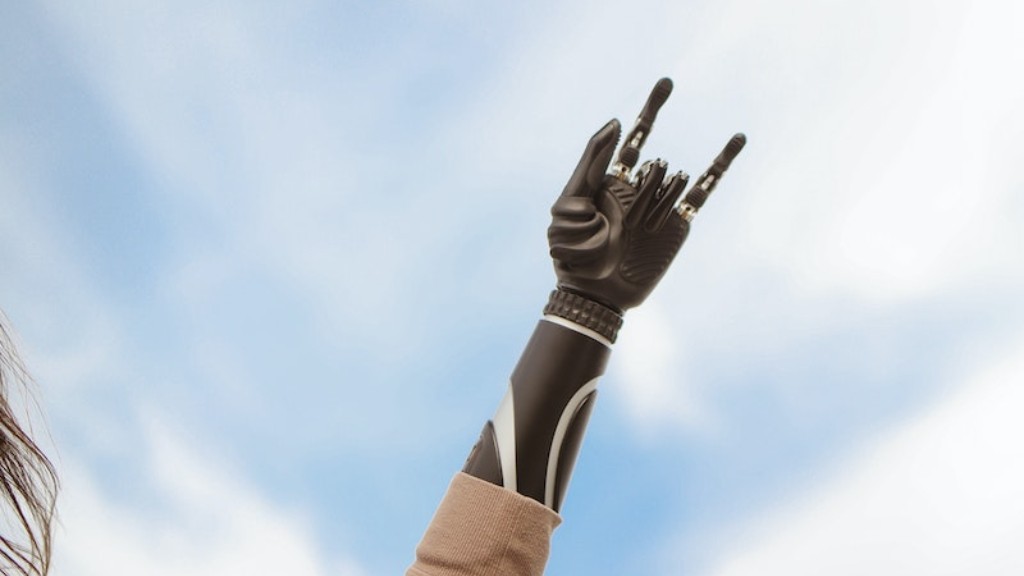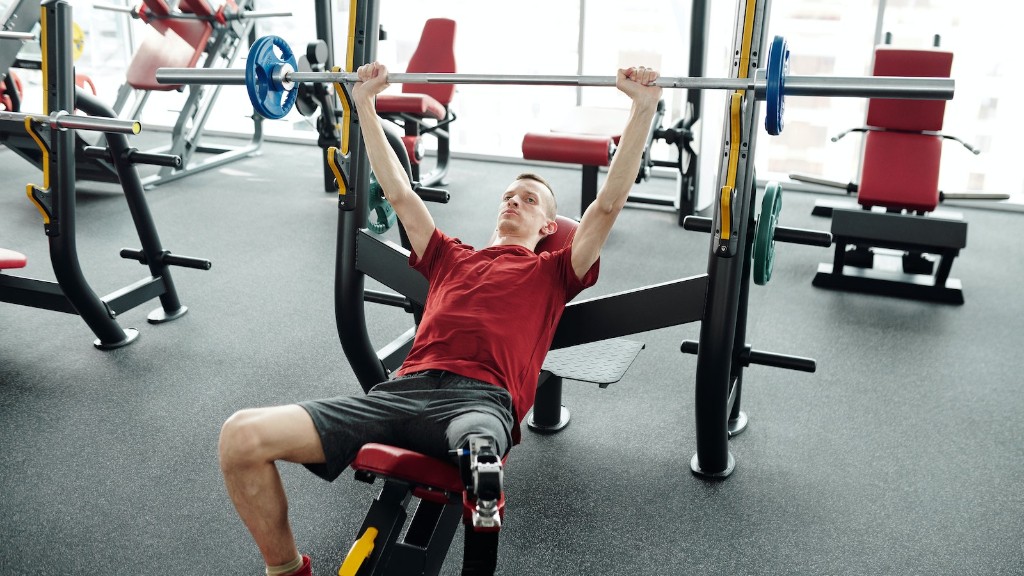Another Word for Prosthetic Limb
Introduction:
In today’s rapidly advancing world, the field of medical science has made significant strides in improving the quality of life for individuals who have lost a limb. One of the most remarkable innovations in this realm is the development of prosthetic limbs, which serve as functional replacements for missing body parts. However, as with any groundbreaking technology, debates have emerged regarding the terminology used to refer to these prosthetic devices. This article aims to explore the implications of alternative terminology for prosthetic limbs, shedding light on the positive and negative aspects of potential naming conventions.
Main Body:
1. The Power of Language:
Language plays a crucial role in how we perceive and understand the world around us. The terminology used to describe prosthetic limbs can greatly influence public perception, attitudes, and even the self-perception of individuals using such devices. Words have the power to shape our thoughts and biases. Therefore, it is essential to carefully consider the implications of the terminology employed in the context of prosthetic limbs.
2. Positive Connotations:
A potential alternative term for prosthetic limbs could be “bionic appendages.” This term invokes a sense of technological advancement, strength, and even superhuman capabilities, which could contribute to a more positive public perception. By associating prosthetic limbs with the idea of becoming “bionic,” individuals using these devices might feel empowered and more accepted by society. This positive association has the potential to reduce stigmatization and promote inclusivity.
Moreover, embracing alternative terms could lead to a shift in societal attitudes towards disability. When individuals using a prosthetic limb are referred to as “enhanced” or “augmented,” rather than “disabled,” it emphasizes their ability to overcome physical challenges. This change in framing could be a powerful tool for empowering individuals and fostering a more inclusive society that celebrates diversity.
3. Potential Negative Connotations:
While using alternative terminology for prosthetic limbs may have its benefits, it is crucial to consider the potential negative implications as well. These terms could inadvertently reinforce harmful stereotypes and perceptions of individuals with disabilities. By associating prosthetic limbs with terms like “bionic” or “augmented,” the focus may shift solely to the technological aspects, overshadowing the human element. Individuals using prosthetic limbs could be reduced to being defined solely by their devices, rather than being seen as complete human beings.
Furthermore, there is a risk of fetishizing or objectifying individuals using prosthetic limbs if terms like “bionic” or “enhanced” are widely adopted. It is essential to ensure that the terminology used does not solely focus on the perceived advantages or futuristic aspects of prosthetic limbs, but rather acknowledges the individual behind the device.
4. Striking a Balance:
As with any complex issue, finding a balance between positive and negative implications is crucial. While alternative terminology has the potential to enhance public perception and contribute to a more inclusive society, it must be employed with sensitivity and respect. It is essential to consider the diverse experiences and perspectives of individuals who rely on prosthetic limbs.
Moreover, it is important to involve individuals with disabilities and advocacy groups in discussions about terminology. Collaborative efforts can ensure that any changes in naming conventions truly reflect the needs and desires of those directly affected. By including the voices of the community, the terminology can be crafted in ways that empower individuals and foster greater understanding.
Call-to-Action:
Considering the power of language and its impact on society, it is crucial to approach the terminology used for prosthetic limbs with thoughtfulness and care. As technology continues to advance, it is inevitable that the way we describe and discuss these devices will evolve. By actively engaging in conversations surrounding this topic, we can contribute to a more inclusive and empathetic society, where individuals using prosthetic limbs can thrive without being defined solely by their devices.


